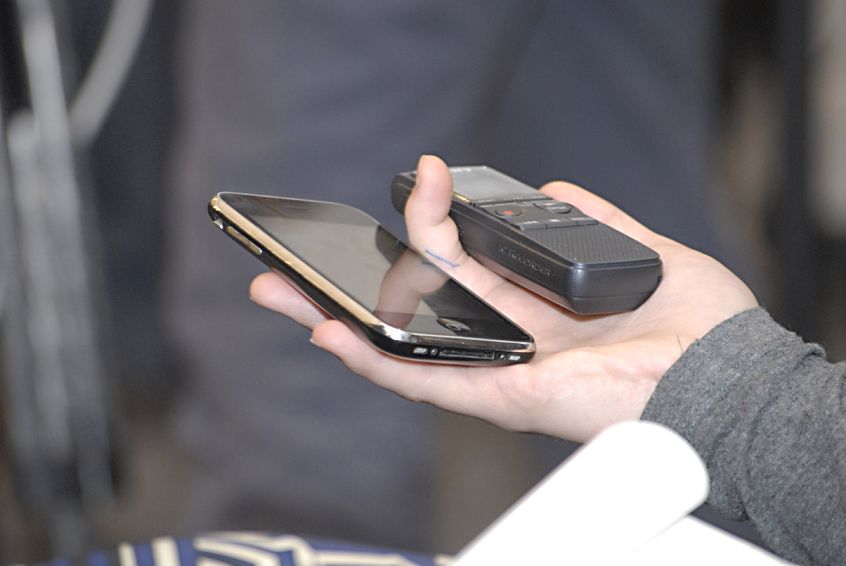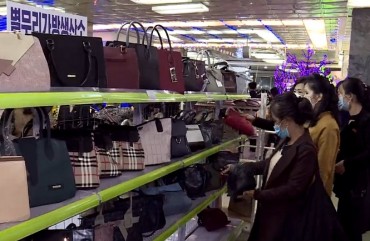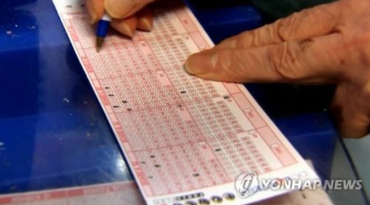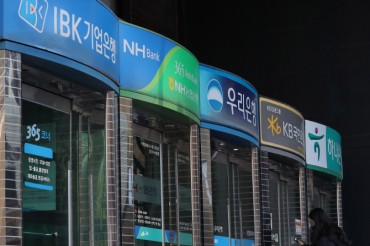
The number of those new subscribers choosing to buy used phones is on the rise..(image: Kobizmedia/Korea Bizwire)
SEOUL, Oct. 11 (Korea Bizwire) – Only a week after the mobile phone handset retail structure improvement law has been in effect on October 1, the sales of smartphones made by Samsung Electronics and LG Electronics fell to a level only half of what it used to be before the law. In contrast, the sales of used phones are on the rise as this is how mobile phone users get more handset subsidies.
According to the Ministry of Science, ICT and Future Planning and industry sources on October 10, the total number of new subscribers for three mobile telecom service providers for seven days in the first week of the month was 178,000.
Using the industry practice of counting a holiday as three-quarters of a day, this is daily average new subscribers of 28,500 for three days from the 3rd to 5th.
SEE ALSO: New Law to Bring about Sea Change in the Korean Smartphone Market
SEE ALSO: Will Asian Budget Phones Change South Korea’s Mobile Industry?
Excluding an estimated number of 3,000 used phones sold, this is about 25,000 new smartphones. Comparing to last year’s daily sales number of 64,000, this is down more than 60 percent.
Although it was Samsung and LG that saw their smartphone sales hit hardest, other phone manufacturers such as Pantech and other foreign suppliers reported a large decline in their sales. The major reason for this sudden drop of sales figures is a cut in subsidies paid to those buying a new device.
On paper, the new law was supposed to bring up the subsidy amount 11.1 percent to 300,000 won from 270,000 won. But the actual payment on the street level is much lower than that, estimated at around 100,000 won at best.
In contrast, the number of those new subscribers choosing to buy used phones is on the rise. According to Congressman Moon Byung-ho (New Politics Alliance for Democracy) on October 9 based on data submitted by the ICT ministry, the ratio of used phone subscribers rose rapidly to 7.4 percent in the first half of this year from only 1.7 percent in 2010.
Given more people opt to buy used handsets in order to get more subsidies since the October 1 law, the percentage will likely rise further in coming months.
By Sean Chung (schung10@koreabizwire.com)






